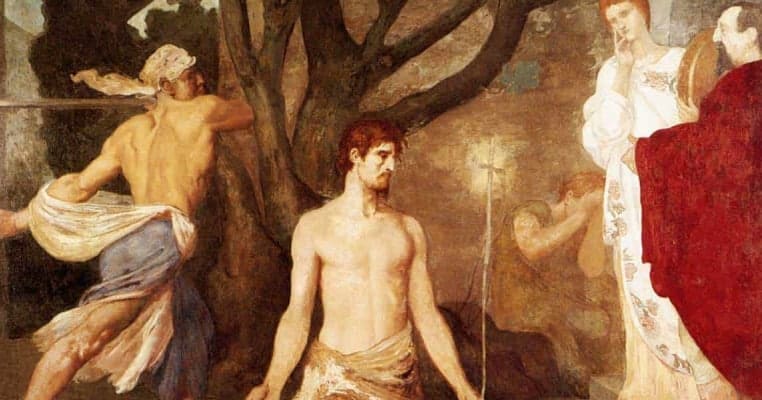These days, Valentine’s Day is big business. All around the world, it’s been embraced as the one day of the year you really need to show that special someone in your life how much they mean to you – preferably through giving them a special greeting card and a gift of chocolate, candy or flowers. Of course, there are many people who complain that the day has become far too commercial, with marketing companies sucking all the romance out of it. But that’s hardly new. In fact, Charles Dickens was saying the exact same thing more than 150 years ago!
What we think of as Valentine’s Day is hardly new. Instead, the day has a long and fascinating history. For instance, it has its origins in one of Ancient Rome’s goriest festivals. And many of the traditions we hold dear today can be traced back to ancient myths or to Medieval customs. So, how much do you know about the most romantic day of the year? Here are 40 cool facts from the history of Valentine’s Day you really need to know:
40. Valentine’s Day has its roots in an ancient festival of bloody flagellation and just a little romance

Historians still can’t agree on where and when the modern-day Valentines’ Day tradition began. Many believe it has its roots in the Ancient Roman festival of Lupercalia. This celebration was held annually, from February 13 to 15 and was dedicated to asking the Gods to make women fertile. The Roman priests would sacrifice first a goat and then a dog. They would then skin the animals and use bloody strips of their skin to whip women. It was believed this would improve their chances of conceiving. And for those women without a partner, the festival also included a matchmaking session, where the bachelors would pull the names of their prospective partners out of an urn.

